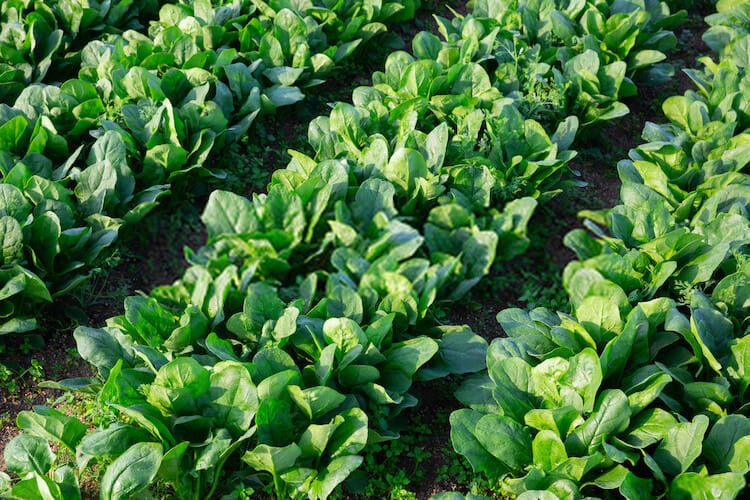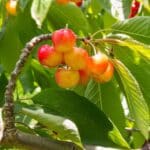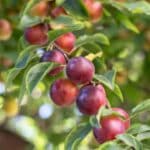Cultivating Spinach in Texas can be quite difficult for gardeners who lack the knowledge of "how, where and when to plant spinach in Texas."
In this article, you're going to learn the best planting period for Spinach in Texas as well as where to plant Spinach in Texas for the best yield.
Table of Contents
When To Plant Spinach In Texas
Spinach is a vegetable that grows quite fast, and it will not cost you much to plant and harvest them. Gardeners and farmers living in Texas and those who are new to planting them, most times do not know the right time to plant them.
That said, the best planting time for Spinach in Texas is anytime between the 15th of February to the 15th of March.
Where To Plant Spinach In Texas
Although many urban gardeners in Texas have limited options, selecting a site for planting is very vital to how well your Spinach will thrive.
A site that is exposed to sunlight, with deep, well-drained, fertile soil. Where you are planting your Spinach should be near a water outlet and should be free of competition from weeds, shrubs, and pests.
Read Also: When to Plant Lettuce in Texas
How To Plant Spinach In Texas
Step 1: After you have chosen the site you want to plant Spinach in Texas, prepare and loosen up the soil. Ensure that you expel all forms of foreign materials like sticks, weeds, large rocks and so on.
If the soil on the site you have chosen is poor, introduce and mix compost manure or organic granular fertilizer into the soil before sowing the seeds.
Step 2: Make planting holes for seeds. Try as much as possible to space out the planting holes to avoid overcrowding. Overcrowding the seeds will stunt their growth rate, so the seedlings should be planted about four to six inches apart.
Step 3: Spinach seeds should be planted about 1 foot deep into the soil. Plant about 2-3 seeds per hole.
Step 4: Once you're done sowing the spinach seeds, cover the seedlings with soil, and gently apply pressure by pressing down on the soil. Try not to apply too much pressure but just enough so that the soil will make contact with the seedlings.
Other spinach growing tips:
- It's beneficial that you prepare the soil the previous autumn, and that you'll be too comfortable to plant the seeds in an already softened ground when it's springtime.
- Spinach does best when growing in moist, nitrogen-rich soil. Do ensure to plant them in soils with such conditions.
- Keep plants free of weeds, especially when they are small. This is because weeds will end up using the water and nutrients that the crop needs to grow
- loosen the soil at least 1.5 feet deep before planting your Spinach, because they are biologically adapted to have deep taproots that sustain their life.
- In warm climates, plant spinach in the shade of tall crops such as corn or beans.
- Harvest spinach starting with the outermost leaves once leaves are large enough to eat. This enables more leaves to spring out.
Conclusion
If the planting tips and instructions are followed, you should be able to harvest your Spinach when they are about 6 to 8 inches tall.
Hopefully, you now know how, where and when to plant Spinach in Texas. Do let us know if you have any question about the best spinach planting season in Texas.






Leave a Reply